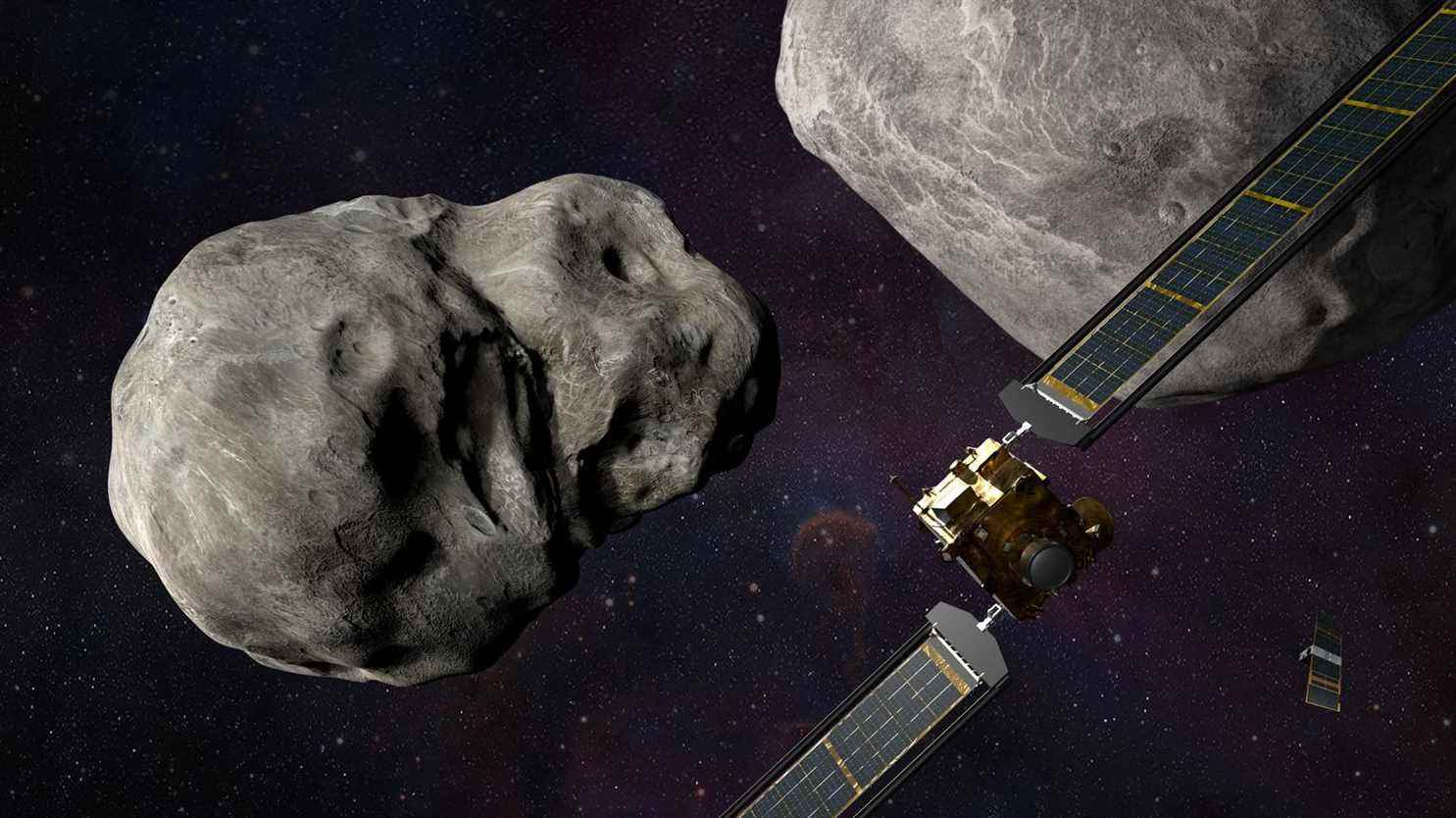ten days ago a celestial event occurred that we discover today: astronomers suddenly detected a tiny asteroid – 1 meter in diameter – before it headed for Earth and disintegrated in the atmosphere.
An event that shows that the detection network to prevent this risk is starting to work. Details from Mathilde Fontez, editor-in-chief of the scientific magazine Epsiloon.
franceinfo: Were these astronomers able to follow this asteroid until it hit Earth – or rather until it disintegrated in the atmosphere?
Mathilde Fontez: Yes, the beginning of this story looks like the opening scene of the movie Don’t Look Up. Last week, on March 11, a Hungarian astronomer saw a point that was moving faster than the others, in the portion of sky he was observing with his telescope. He immediately identified an asteroid. And he even named it SAR 25-93 – this astronomer’s name is Krisztián Sárneczk.
This March 11, it was 7:24 p.m. international time. And at that time, the probability of collision with the Earth was low: 1%. But the astronomer immediately sent a message to the Minor Planet Center (Center of minor planets), which collects data on asteroids, in Washington, while continuing to observe it. And an hour later, the probability of collision had changed: it had increased to 100%.
Has an alert been given?
Yes, at 8:25 p.m., one hour after the first detection, the European Space Agency’s surveillance system triggered an alert. The asteroid is difficult to find because it is very close to the Moon, and it moves very quickly in the sky: it is very close to the Earth. Throughout Europe and Asia, astronomers are mobilizing. They manage to locate him more precisely. And they calculate that it will fall over the sea, north of Norway, at 9:22 p.m. and 42 seconds precisely.
We were afraid that there was damage?
No, we reassure ourselves very quickly. Because the place where the asteroid fell is isolated. And above all because from the light it reflects, astronomers calculate that it is small: only 1 meter in diameter. It’s not going to hit the ground. It will burn in the atmosphere.
And that’s what happened, at the scheduled time: it fell apart… We have no video of the crash, there was no one out at sea at the time to film it. But the international network of infrasound detectors, tiny vibrations of the air, captured the shock. It released energy equivalent to a magnitude 4 earthquake.
How often do these asteroid falls happen?
Very often, without realizing it. Statistically, an asteroid of this type falls every two weeks. But it is only the 5th that we manage to detect before it hits the Earth.
Asteroids are very difficult to see. They are small objects, very mobile in relation to a star: sensitive telescopes are needed which constantly watch the sky to see them. But a global monitoring network is being organized to prevent the risk. Because all it takes is an asteroid of about twenty meters to do damage: in 2013, the one that injured a thousand people, around Chelyabinsk, in Russia, was only 16 meters.
And a mission is underway, too, to test our ability to deflect a threatening asteroid. The probe is called Dart, it was launched last fall. And it should reach a small asteroid called Didymos in September.
Asteroid Dimorphos: we’re coming for you!
riding a @SpaceX Falcon 9 rocket, bear #DARTMission blasted off at 1:21am EST (06:21 UTC), launching the world’s first mission to test asteroid-deflecting technology. pic.twitter.com/FRj1hMyzgH
—NASA (@NASA) November 24, 2021
